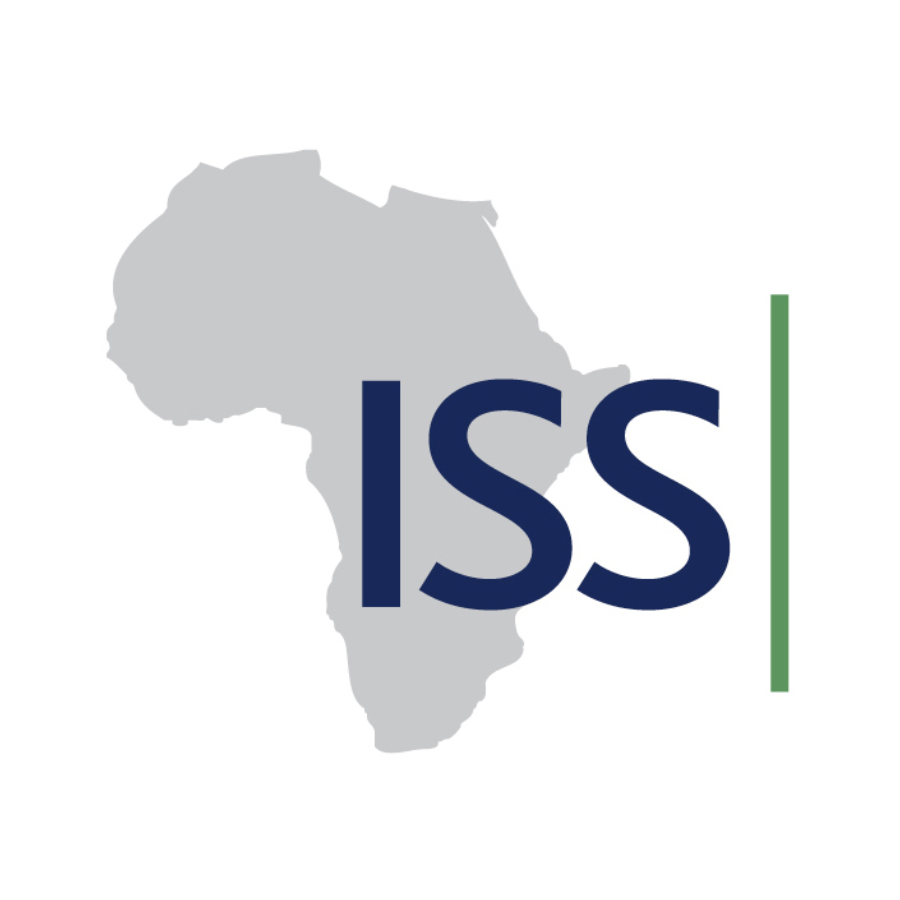Seeing beyond Somali tragedy could help changing conflict prevention
Local and international actors should reinforce their support to preventing conflict and sustaining peace in Somalia
Omar Mahmood and Gustavo de Carvalho
After the attack in central Mogadishu on 14 October 2017, which killed more than 350 people, both traditional and social media seem to have kept somehow quiet. Despite being the largest terrorist attack ever suffered by Somalia, the now common supportive hashtags widely disseminated after such deadly attacks – like #prayforSomalia – were still not trending.
Despite such absence in the larger global public opinion, there are indications that the scale of this deadly attack could actually serve as a game changer for innovative conflict prevention approaches in Somalia, both with regards to the role of local and international actors.
The 14 October 2017 attack was far from a surprising event, despite the horrific death toll. In fact, al-Shabaab militants again assaulted Mogadishu just two weeks after the shocking 14 October incident, laying siege to a hotel and killing nearly 30.
Since being pushed from many urban centers after a series of offensives by the African Union Mission in Somalia (AMISOM) between 2012 and 2014, the terrorist group al-Shabaab countered by engaging in asymmetric violence similar to the recent Mogadishu attack. As a result, Somalia has become one of the most affected countries in the world by terrorist attacks.
Al-Shabaab has enjoyed success due to a number of factors, which have limited conflict prevention efforts and other responses. For example, the Somali security sector has struggled in its battle to contain al-Shabaab. Four top security officials have either resigned or been dismissed in the past month, while nascent efforts to develop a coherent national army are hindered by the fact that soldiers are rarely paid on time, if at all.
But at its core, al-Shabaab has thrived because of deep-rooted structural factors, such as constant divisions among political actors, or the challenge of extending government presence in rural areas after decades of state collapse (this is all the more pertinent given the need to compete with the services provided by al-Shabaab itself). Such aspects demonstrate that al-Shabaab is more a symptom of the conditions conducive to conflict in the Somali environment, rather than the cause.
The public anger surrounding the incident will contribute to pressure to step up the military fight against al-Shabaab, which the Somali government has already promised to do. Yet such knee-jerk responses are inevitably reactive, rather than proactive. This distracts from ensuring that innovative conflict prevention efforts prevail, thus limiting the scope to deal with complex and non-linear longer-term conflict prevention approaches.
Despite these entrenched issues and the immediate responses, it is worth considering whether the 14 October 2017 attack can in fact lead to local innovation in Somalia through more coordinated and unified approaches towards conflict prevention. The outpouring of anti-al-Shabaab sentiment after the attack indicates that the Somali public have already made their feelings well-known; Somali leadership should follow suit to ignore other squabbles and unify around this objective. A failure to do so would ensure the public wrath in the future could be directed more towards their own leaders, rather than the militant group itself.
Therefore, genuine local conflict prevention efforts could include a greater focus on clan reconciliation, especially amongst minority clans, and addressing the grievances of potential spoilers left out by Somalia’s incipient federalization system, to ensure al-Shabaab doesn’t target aggrieved parties for recruitment.
On another front, the aftermath of the 14 October 2017 attack could also potentially alter international efforts to manage and prevent conflicts in Somalia as well. It may ultimately influence withdrawal dynamics for the crucial African Union Mission in Somalia (AMISOM), at a time when the mission is pondering the specifics of its funding-induced drawdown. Nonetheless, the current global climate and reduced EU funding for AMISOM troop payments has signaled a degree of donor fatigue vis-à-vis Somalia, despite an immediate outpouring of support. In this sense, if such donor fatigue resumes after the shock of the attack wears off, the future of conflict prevention initiatives in Somalia may in turn suffer.
In a larger global and regional context, however, the attack occurred during a period where international actors, including the United Nations (UN) and African Union (AU), have put increasing emphasis on ensuring that conflict prevention tools are more effectively applied. However, if conflict prevention is, as often mentioned by the UN Secretary General, “THE” priority for the international community, then it has to be more effectively seen where it matters the most. Thus, a renewed focus in Somalia in the aftermath of the 14 October 2017 attack, would be an opportunity to put this rhetoric into action.
For international actors as well, however, if the situation in Somalia is only seen through the lenses of superficial assessments of emergencies, the responses will inevitably also be superficial. Therefore, a critical means of assessing conflict prevention efforts in Somalia will be to not only address the symptoms of the conflict, such as the attacks themselves, but also work with local partners to effectively deal with its root causes, like a pervasive lack of governance. This will ensure that the 14 October 2017 Mogadishu blast is not only a horrific tragedy, but one which can also serve to mobilise both local and international actors to more innovatively change conflict prevention strategies in the country.
Omar Mahmood, Researcher, Institute for Security Studies, Addis Ababa
Gustavo de Carvalho, Senior Researcher, Institute for Security Studies, Pretoria



